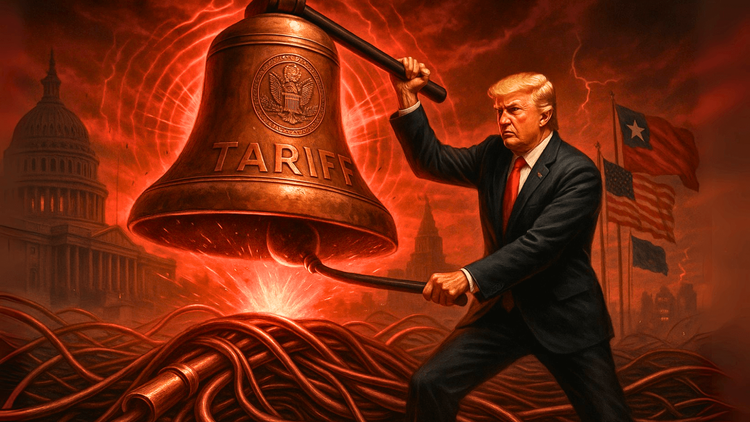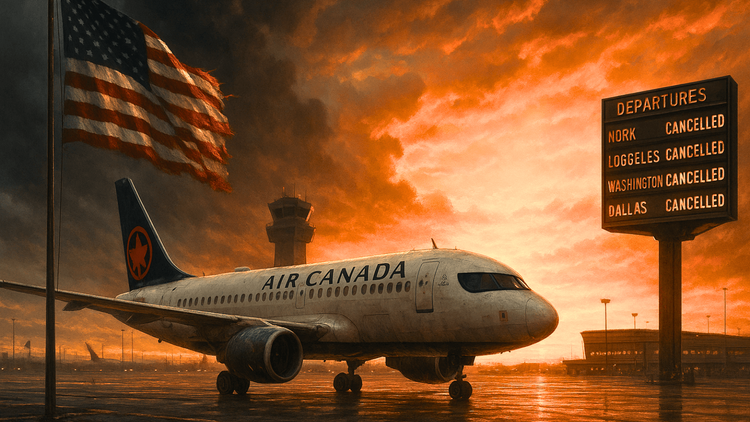From Dad Sneakers to Private Peaks: Skechers’ $9 Billion Move
Skechers Ditches the Public Stage for a $9 Billion Private Dance Amid Tariff Tensions

In a deal as chunky and audacious as their iconic dad sneakers, Skechers USA Inc. has laced up a $9 billion deal to go private, courtesy of the deep-pocketed investment firm 3G Capital. Announced Monday, this blockbuster acquisition arrives just as the global trade landscape resembles a geopolitical game of Twister, with U.S. President Donald Trump’s tariff tantrums threatening to trip up companies with overseas supply chains. For a brand synonymous with affordable kicks made largely in Asia, the timing is as precarious as a stiletto on a tightrope.
The deal, unanimously greenlit by Skechers’ board, offers shareholders $63 per share—a juicy 30% premium over the company’s 15-day volume-weighted average stock price. Wall Street clearly approved, sending Skechers shares sprinting nearly 25% to $61.56 by Monday’s close. Investors are practically doing the moonwalk, and who can blame them? In a world where tariffs are spiking faster than a TikTok trend, a cushy buyout feels like slipping into a pair of memory foam slippers.
Tariff Turbulence and Strategic Sidesteps
Let’s talk about the elephant in the room—or rather, the “Made in China” stamp on the sole. Skechers, like many athletic shoe giants, has leaned heavily on Asian manufacturing to keep costs lower than a limbo bar. About two-thirds of its revenue struts in from international markets, with China alone accounting for 15%, per FactSet. But with Trump’s tariffs on Chinese imports jacked up to a jaw-dropping 125% in April (and China retaliating with an 84% duty on American goods), the math isn’t mathing for brands tethered to foreign factories.
Skechers’ Chief Financial Officer John Vandemore, ever the cool-headed strategist, admitted last month that the tariff tango has made forecasting trickier than predicting the next streetwear drop. “The current environment is simply too dynamic,” he told investors in April, opting not to issue guidance when the company reported its first-quarter earnings. Instead, Skechers is pulling every lever in its toolbox: cost-sharing with vendors, shuffling production to less tariff-punished regions, and—brace yourselves—potential price hikes. With an effective tariff rate hovering around 159%, shipping shoes from China to the U.S. is starting to feel like buying a Birkin bag at full retail.
“We’re optimizing the global cost of tariffs across all markets,” Vandemore said, hinting at a nimble game of supply-chain chess. While the company hasn’t spilled the tea on its exact production breakdown, it’s no secret that many Skechers shoes sport that telltale “Made in China” label. With 97% of U.S. clothing and footwear imports hailing from Asia (shoutout to the American Apparel & Footwear Association), neither Skechers nor its suppliers are likely to eat the tariff-driven price spikes alone. Translation? Your next pair of Go Walks might cost a bit more than your morning oat milk latte.
A Private Path Forward
When the deal closes in Q3, Skechers will stay true to its roots, keeping its headquarters in sun-soaked Manhattan Beach, California, where it was born over 30 years ago. Chairman and CEO Robert Greenberg, a footwear visionary who’s navigated the company through more trends than a fashion week runway, will remain at the helm alongside his trusted management team. With 5,300 retail stores worldwide (1,800 company-owned) and a record-breaking $9 billion in revenue for 2024—plus $640 million in net earnings—Skechers is striding into its private era with serious swagger.
The decision to go private under 3G Capital’s wing offers Skechers a shield from the public market’s volatility, especially as trade wars rage on. It’s a savvy move, giving the company room to pivot without the quarterly earnings spotlight burning holes in their soles. And let’s be real: in a world where tariffs can change faster than a fast-fashion cycle, that kind of flexibility is worth its weight in gold—or at least in limited-edition high-tops.
The Bigger Picture
Skechers’ deal is a microcosm of the broader corporate conundrum: how to thrive when global trade feels like a high-stakes poker game. As Trump’s tariff threats ebb and flow, companies across industries are rethinking supply chains, raising prices, or, in Skechers’ case, making bold bets on their future. Going private might just give Skechers the runway to innovate, adapt, and keep delivering those comfy, crowd-pleasing shoes without missing a step.
So, here’s to Skechers, stepping boldly into the private sphere with a $9 billion spring in their stride. In a trade-war whirlwind, they’re proving that with the right moves, you can still dance through the storm.






